A Small Project
seraphima
21 years ago
Related Stories
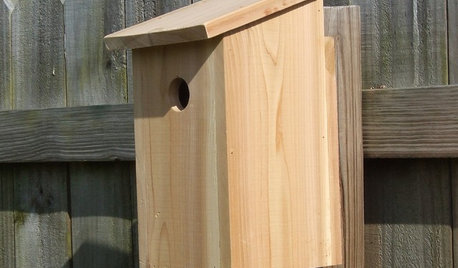
DIY PROJECTSHelpful Hangers: French Cleats Support Projects Big and Small
From cabinets to birdhouses, French cleats hold projects securely in place
Full Story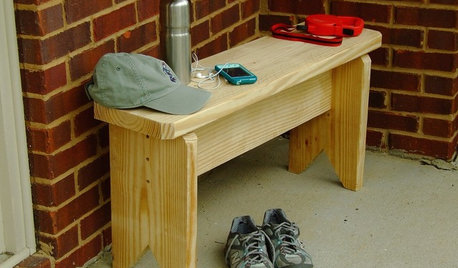
DIY PROJECTSNeat Little Project: Create a Simple Entry Bench
Fill small niches with your own handiwork, a useful and versatile bench you can make in an afternoon
Full Story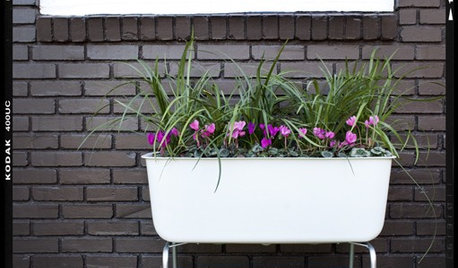
GARDENING AND LANDSCAPINGDIY Project: Mobile Container Garden
Get your garden going anywhere with a planter on wheels
Full Story
HOUZZ TOURSMy Houzz: Check Out a 'Project Runway' Winner's Brooklyn Studio
Does success in clothing design translate to a fashionable apartment? See for yourself in Gretchen Jones' New York City rental
Full Story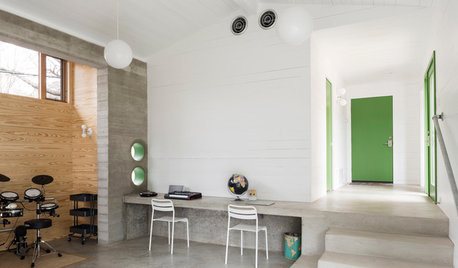
STUDIOS AND WORKSHOPSA Creative Studio Welcomes Family Projects
Spilled paint won’t cause lost tempers in this 450-square-foot addition made for art, music and learning
Full Story
STORAGE12 Built-In Storage Solutions for Small Spaces
Check out an architect’s guide to some inspiring ways to build in extra cabinets, shelves and cubbyholes at the start of a project
Full Story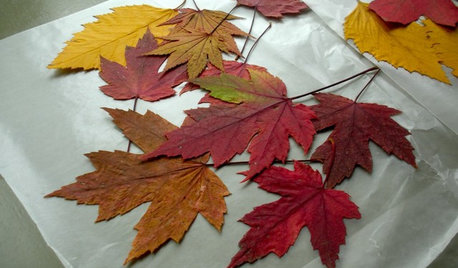
LIFEYou Said It: ‘Take Pleasure in the Small, Simple Things’ and More
Highlights from the week on Houzz include projects that celebrate fall and enhance our living spaces
Full Story
ORGANIZINGSmall Steps to Organizing Success
Take care of bite-size projects, and your home's big picture will be an organized dream before you know it
Full Story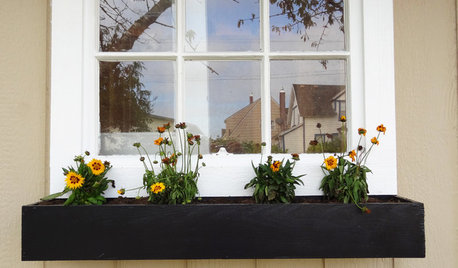
GARDENING GUIDESBuild a Modern Window Planter Box
This simply designed, easy-to-construct and inexpensive DIY window box can give your home or shed just the right touch of color
Full StorySponsored







Fireraven9
Belgianpup
Related Professionals
Arnold Landscape Architects & Landscape Designers · River Forest Landscape Architects & Landscape Designers · West Chester Landscape Architects & Landscape Designers · Fort Wayne Landscape Contractors · Lynchburg Landscape Contractors · Middletown Landscape Contractors · Painesville Landscape Contractors · Paterson Landscape Contractors · Post Falls Landscape Contractors · Wailuku Landscape Contractors · Weslaco Landscape Contractors · Shafter Landscape Contractors · Littleton Siding & Exteriors · South Barrington Siding & Exteriors · Riverside Solar Energy SystemsMayapple
seraphimaOriginal Author
Fireraven9
seraphimaOriginal Author
ericwi
Fireraven9
ericwi
KAYGARDENER